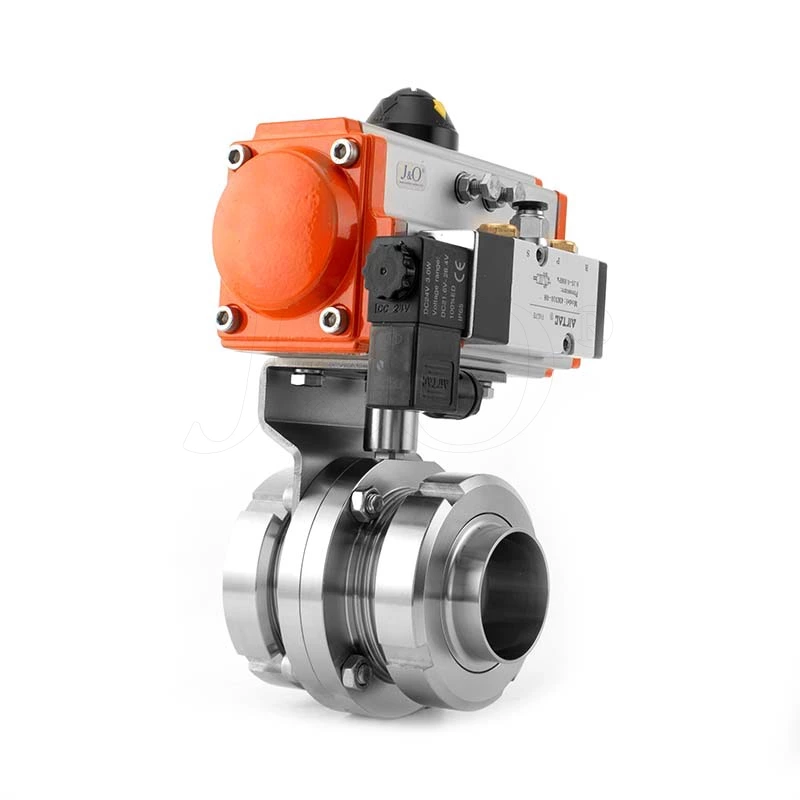What Are The Types And Applications Of Fluorine-lined Valves
Fluorine-lined valves are very important in industrial applications that handle corrosive media because of their corrosion resistance. Correct selection and use of fluorine-lined valves can ensure the safety and efficiency of industrial processes. So do you know what types and applications of fluorine-lined valves are there?
Types of Sanitary Valve:
Fluorine-lined ball valve: Both the ball and the valve seat are lined with fluoroplastics to control flow.
Fluorine-lined stop valve: The valve disc and valve seat are lined with fluoroplastics to cut off or allow fluid to pass.
Fluorine-lined butterfly valve: The valve plate is lined with fluoroplastics and is used in large-diameter and low-pressure drop situations.
Fluorine-lined diaphragm valve: The diaphragm and the inside of the valve body are lined with fluoroplastics, which are suitable for corrosive media and situations requiring sanitary conditions.
Fluorine-lined plug valve: The plug is lined with fluoroplastics to control media containing solid particles.
Applications of fluorine-lined valves:
Chemical industry: Used to handle various highly corrosive chemicals.
Pharmaceutical industry: Used for fluid control that requires high cleanliness and no pollution.
Food processing: Used in situations where strict sanitary conditions are required in food and beverage production.
Water treatment: used to treat water containing corrosive substances.
Fluorine-lined valves are widely used in industries such as chemical, petrochemical, metallurgy, power, pharmaceutical and food processing, especially when dealing with acids, alkalis, salts and other corrosive chemicals.
